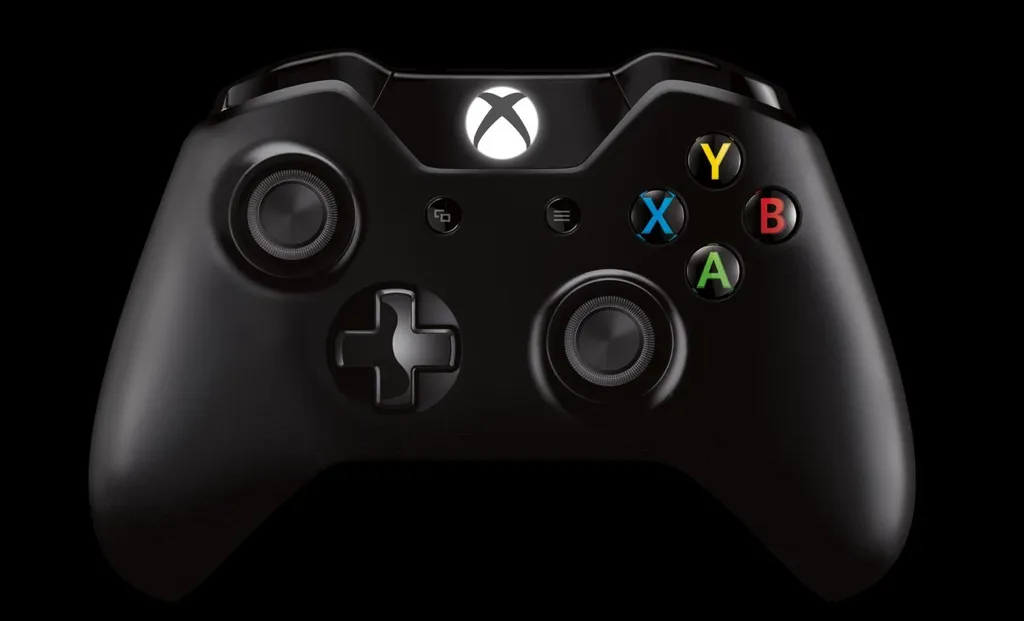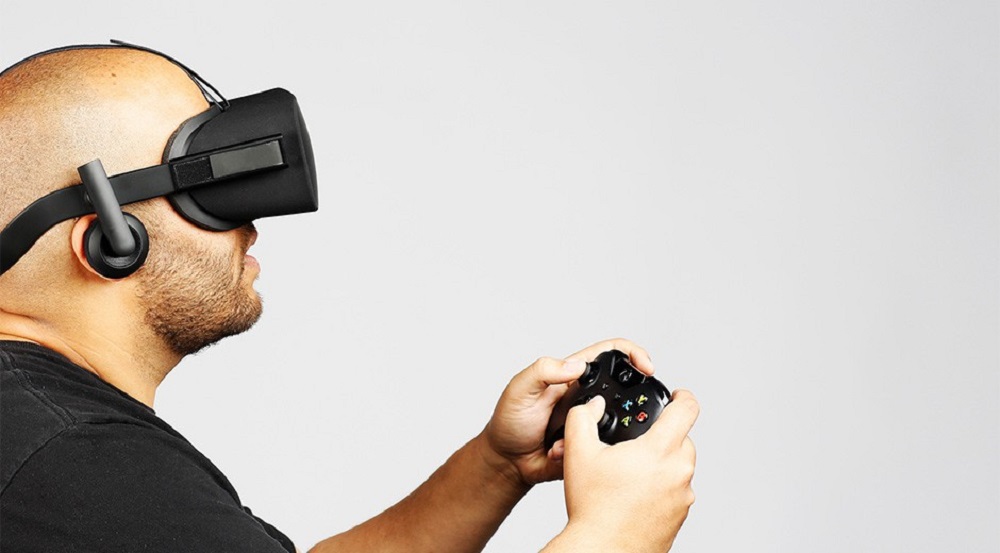For many people, the end-all be-all of virtual reality is being able to get up and move around inside of a digital space with roomscale. With the HTC Vive, you set up lighthouse base stations in opposite corners of your play space and the system tracks your movement in 3D space around your entire room. With the Oculus Rift, you can accomplish something very similar with extra sensors and the Oculus Touch motion controllers.
There’s nothing quite like taking a step forward with your own feet and feeling yourself moving in a digital environment. For some genres of games, like first-person shooters, it’s nothing short of revolutionary. Even though roomscale is amazing, it doesn’t mean that something else isn’t just as impressive and exciting in its own way. Just because we have full movement in roomscale VR now, it doesn’t mean that gamepad-based VR experiences are dead.
History of Excellence
While the VR industry is still in its infantile stages, developers are constantly experimenting and seeking new ways of delivering exciting moments to players. The best horror game I played last year was a roomscale-only title called A Chair in a Room: Greenwater [Review: 8/10], the riveting Onward is an incredible shooter that immerses you in its action, and exploratory puzzle games and adventure titles like The Gallery [Review: 9/10] breathe new life into formerly dormant genres. I recognize the potential of roomscale, but it doesn’t have to come at the expense of the gamepad.
The first VR game I ever played almost two years before it released was EVE: Valkyrie [Review: 9/10] and it blew my mind. Cockpit experiences and racing games feel great using gamepads and are arguably even more immersive than their standing, moving, roomscale counterparts. This is especially true while we’re still struggling with VR’s distracting wire problem and room size requirements.
But when it comes to gamepad games, the best practices of how to create a control scheme, what works for different genres, how to design a game world, what makes something fun, and all of the other guiding principles have been researched, developed, and iterated on for decades. Bringing those existing ideas into the immersive world of head-tracked VR is complicated enough without asking people to move around as well.
With so much potential and history in the game industry that’s rooted in the player holding a gamepad while seated, it feels like a disservice to that legacy to simply ignore it altogether. Some roomscale experiences have the potential to wrap us up in the power of their stories and innovation of their technology, but other times I just want to sit down with a controller in my hand and play a good game.
Iteration and Innovation
When I play a game like Lucky’s Tale [Review: 9/10] in VR, I’m reminded of Super Mario 64, but I feel closer to the action than ever before. Edge of Nowhere [Review: 9/10] reminds me of Uncharted, Tomb Raider, and The Last of Us, but the sounds of the world surround me. Resident Evil 7 [Review: 9/10] feels like the most immersive and terrifying game ever when you’re trapped alone inside the PSVR headset.
Damaged Core [Review: 9.5/10] is inventive and unique in a way that couldn’t work outside of a headset. These and other games we’ve seen over the past couple of years are proof that you don’t necessarily need to get up and move around in roomscale to enjoy a VR experience.
Landfall, which just had its free weekend beta, is a clever implementation of a top-down tactical game that uses a gamepad as the bread and butter form of controlling your unit. Updating a genre and re-imagining it in a new way doesn’t necessitate throwing out the gamepad in favor of motion controllers.
I love being able to look down at my hands and see them accurately represented with hand controllers, but depending on the type of game, that could be a poor form of interaction. If I’m playing a fast-paced shooter like Rigs [Review: 8/10], that cockpit isn’t conducive to using motion controllers. Third person games feel right at home while holding a gamepad and plenty of obscure or more niche genres work better with dedicated buttons and analog sticks.
Diversity of Options
At the end of the day, there is enough room in the industry for both gamepad and roomscale VR. There is a certain time, place, and mood that lends itself well to moving around a room in an immersive digital space. Getting physical with sports games, ducking behind cover in shooters, and exploring strange new worlds feels like a natural fit. But if you’re putting me in charge of an army, sticking me in a cockpit, or asking me to control a character in third-person, I’d feel more at home with a gamepad in my hand.
And finally, being perfectly honest here, sometimes I just want to relax on a couch. It’s the same reason that despite my love for VR as a medium and as a way to advance technology, I don’t want to give up traditional gaming either. Looking at a TV or monitor a few feet or yards away is satisfying in its own way and I don’t think everything needs to be in VR to be good, and just because it is in VR doesn’t mean it can’t use a gamepad.
The more options we have the better chances there are for innovation and simply good game design. I want to play and enjoy VR games because they are good games first and foremost, not because they are novel experiences.































